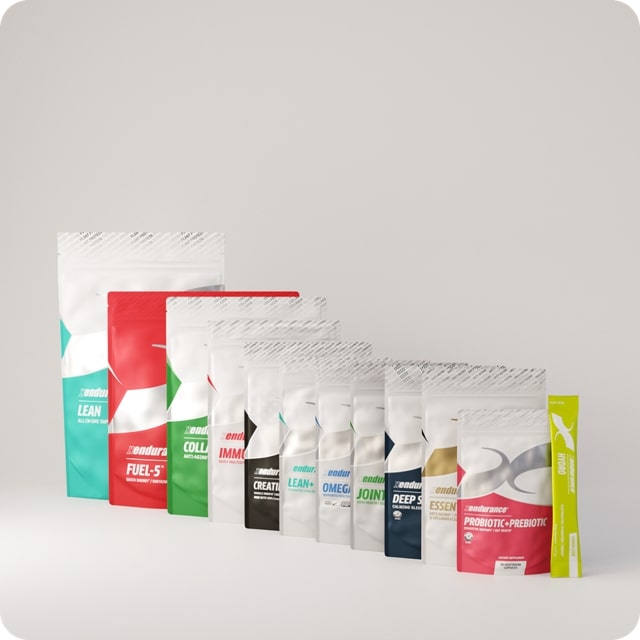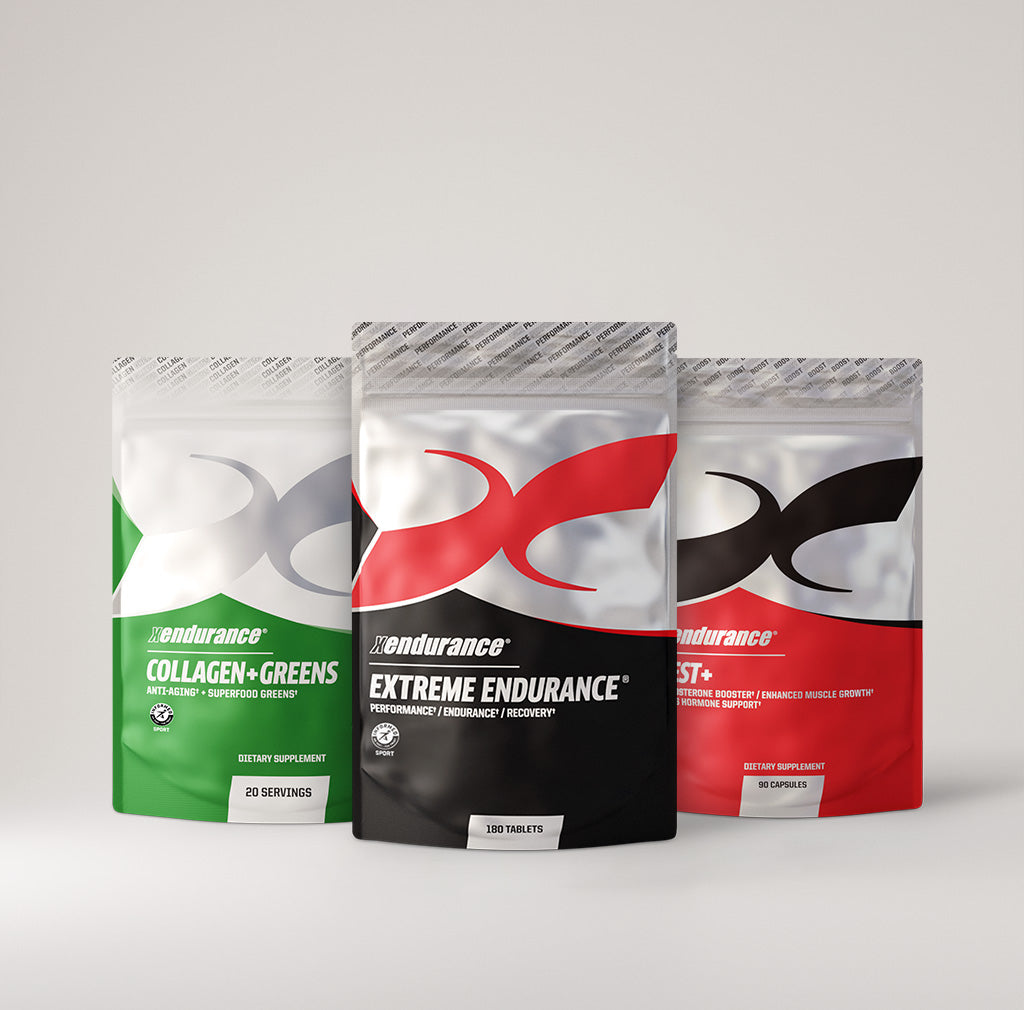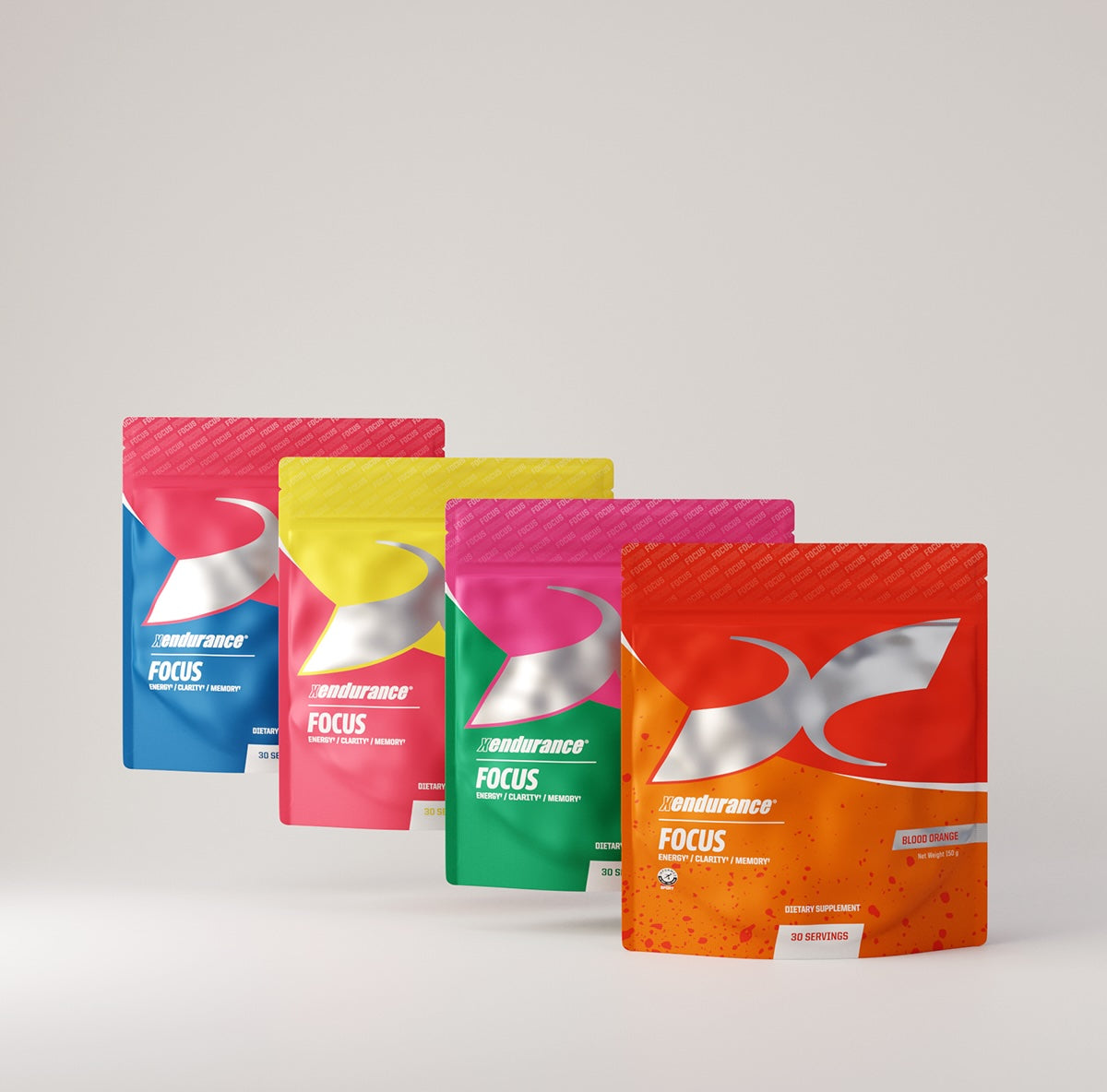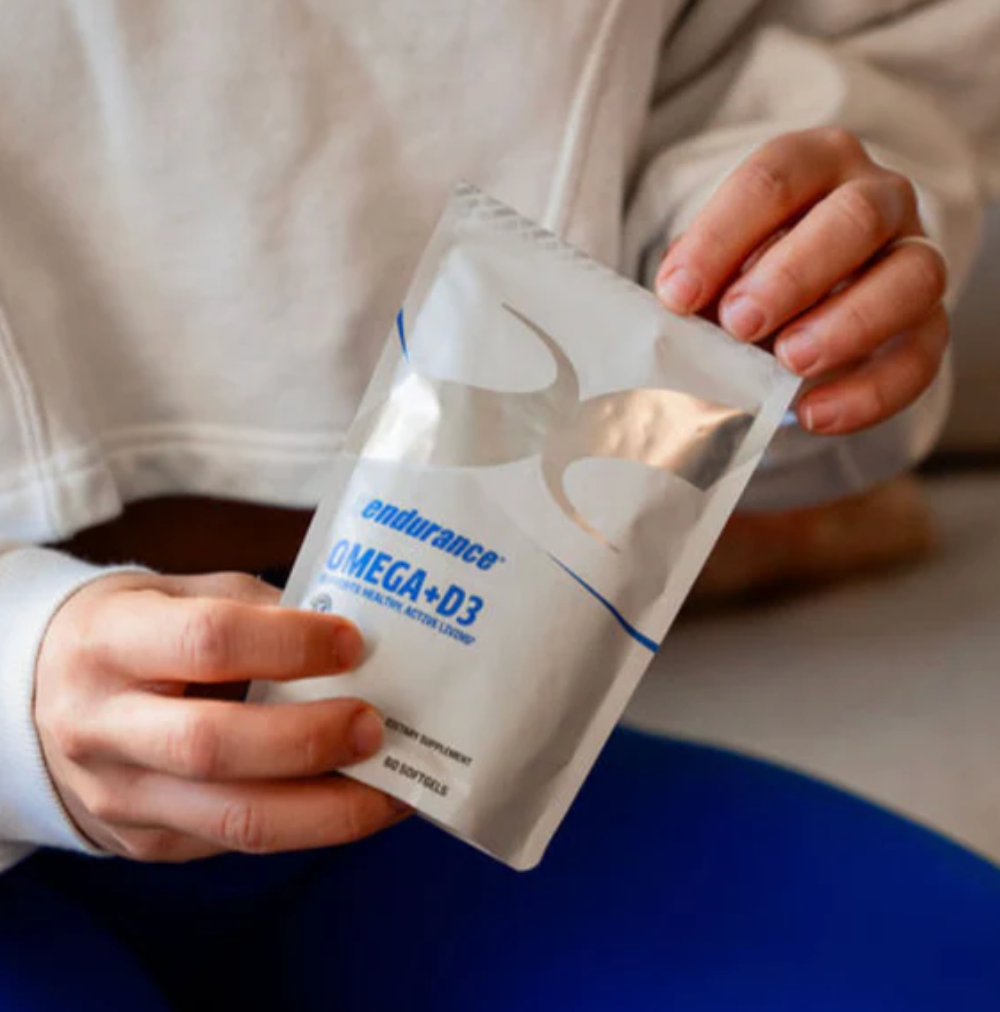Ah, the runner's high—that euphoric rush after pounding the pavement, feeling invincible as the miles melt away. Whether you're training for your first 5K or chasing a sub-three-hour marathon, running is a gateway to better health, stress relief, and that satisfying endorphin buzz. But let's be real: it comes with risks. Overuse injuries plague up to 80% of runners at some point, turning your joyful jog into a painful pit stop. From the nagging ache of runner's knee to the bone-deep throb of stress fractures, these setbacks can derail your progress and dampen your spirit.
The good news? Most running injuries are preventable with smart strategies, consistent habits, and a little nutritional backup. Lace up—let's hit the trail and run through a game plan of prevention.
The Usual Suspects: Unmasking the Most Common Running Injuries
Running's repetitive impact—up to 1,000 foot strikes per mile—stresses your musculoskeletal system like few other sports. Factors like ramping up mileage too fast, ignoring form flaws, or skimping on recovery amplify the danger. Here's a closer look at the top offenders, drawn from sports medicine insights.
1. Runner's Knee (Patellofemoral Pain Syndrome)
This sneaky saboteur tops the charts, affecting about 25% of female runners and 12% of males. It manifests as a dull, grinding pain around or behind the kneecap, flaring up during downhill runs, squats, or prolonged sitting (hello, "movie theater sign"). The culprit? Misaligned kneecaps from weak hip stabilizers, tight quads, or overpronation, leading to friction on the femoral groove.
2. IT Band Syndrome
That sharp, burning sting on the outside of your knee or hip mid-stride? Blame the iliotibial (IT) band—a thick tendon that stabilizes the knee but can tighten and rub like sandpaper on bone. It's the bane of distance runners, often triggered by weak glutes, downhill training, or worn-out shoes. Symptoms include tenderness when crossing your legs or lying on the affected side.
3. Achilles Tendinitis
The Achilles, your body's largest tendon, takes a beating from explosive pushes off the ground. Pain and stiffness just above the heel, especially post-run or first thing in the morning, signal inflammation or micro-tears. Rapid mileage spikes, tight calves, or hill-heavy routes are prime instigators, sidelining up to 10% of runners annually.
4. Shin Splints (Medial Tibial Stress Syndrome)
Dread that throbbing along your inner shins after a tempo run? Shin splints aren't just "growing pains"—they're inflammation of the muscles, tendons, and bone covering on the tibia. Hard surfaces, flat feet, or sudden intensity jumps (think couch-to-5K gone wrong) overload the area, causing swelling and a persistent ache that worsens with speedwork.
5. Plantar Fasciitis
Ouch—that stabbing heel pain upon your first steps out of bed? The plantar fascia, a bowstring-like ligament supporting your arch, gets irritated from overuse, high arches, or unsupportive shoes. It strikes 10% of runners, peaking in the morning or after rest, and can make every stride feel like walking on glass.
6. Stress Fractures
These aren't your dramatic breaks; they're tiny bone cracks from cumulative impact, often in the feet, shins, or hips. Localized swelling and pain that intensifies with weight-bearing scream "overtraining." Low bone density, inadequate nutrition, or ignoring fatigue fractures set the stage—women, especially those with menstrual irregularities, are at higher risk.
7. Hamstring Strains
A sudden "pop" in the back of your thigh during sprints? Hamstring strains range from mild pulls to tears, leaving you hobbling with bruising, weakness, and pain on flexion. Tight or imbalanced muscles (quads overpowering hammies), poor warm-ups, or fatigue from long runs invite disaster.
8. Ankle Sprains
Twist, roll, or just misstep on uneven terrain, and boom—your ankle balloons with pain and instability. Ligaments stretch or tear, often from weak ankles or fatigue late in races. Runners on trails or tracks face higher odds, with recovery times stretching from days to months.
These injuries share a theme: imbalance and overload. But forewarned is forearmed—prevention is your superpower.
Building a Bulletproof Prevention Plan
You don't need to be a biomechanics whiz to dodge these daggers. The key is holistic: train smart, move well, recover fiercely. Start with the golden rule: increase weekly mileage by no more than 10% to let tissues adapt. Mix in rest days—your body rebuilds during downtime, not downtime itself.
Form First: Poor posture is injury's best friend. Keep your gaze forward, shoulders relaxed, and arms pumping at 90 degrees. Land midfoot under your hips, not way out front (overstriding jars joints). Video your gait or snag a gait analysis at a running store—it's a game-changer for IT band woes or shin splints.
Strengthen the Foundation: Weak links crumble first. Dedicate 2-3 sessions weekly to targeted exercises:
- Hips and Glutes: Clamshells, side-lying leg lifts, and single-leg deadlifts shore up runner's knee and ITBS.
- Core and Calves: Planks, bridges, and heel drops fortify against Achilles strain and shin splints.
- Ankles and Feet: Balance on a Bosu ball or do calf raises to bulletproof sprains and plantar pain.
-
Full-Body: Squats and lunges build resilience for hamstring pulls and stress fractures.
Gear and Ground Game: Ditch those 400-mile-old kicks—fresh shoes with proper cushion absorb shock. If you're flat-footed or high-arched, orthotics can redistribute forces. Opt for softer surfaces like trails or tracks to ease tibial stress.
Warm-Up and Cool-Down Rituals: Never skip the 5-10 minute dynamic warm-up (leg swings, high knees) to prime muscles and boost blood flow. Post-run, static stretches for calves, hamstrings, and IT bands, plus foam rolling, flush out knots and prevent tightness.
Recovery Hacks: Sleep 7-9 hours—it's when growth hormone repairs tissues. Hydrate like it's your job (half your body weight in ounces daily), and fuel with anti-inflammatory eats: berries, salmon, turmeric. Cross-train with swimming or cycling to maintain fitness sans impact, slashing overuse risk by 50%.
Listen to your body, too. Dull soreness? Push on. Sharp pain or swelling? Rest, ice, compress, elevate (RICE), and consult a PT if it lingers beyond 48 hours. With these pillars, you can slash injury odds by 30-50%.
Fueling Resilience: Supplements That Pack a Punch
While whole foods reign supreme, targeted supplements can bridge gaps, especially if your diet skimps on key nutrients. Backed by research from the NIH and sports medicine journals, these aren't magic bullets but smart adjuncts to prevent inflammation, bolster bones, and speed repair. Always chat with a doc before starting, as needs vary by age, diet, and health.
1. Vitamin D + Calcium: Bone Armor Against Stress Fractures
Runners torch through vitamin D stores outdoors, yet deficiency hits 40% of athletes, weakening bones and upping stress fracture risk. Pairing 600-2,000 IU daily of vitamin D3 with 1,000-1,200 mg calcium (from food or supps) builds density and cuts fracture incidence by 20%, per Naval recruit studies. Aim for fatty fish and fortified dairy first; supplement if blood levels dip below 30 ng/mL. This duo also aids shin splints by supporting tibial integrity.
2. Omega-3 Fatty Acids: Inflammation's Kryptonite
Chronic low-grade inflammation fuels IT band syndrome, Achilles tendinitis, and runner's knee. Omega-3s (EPA/DHA) from fish oil douse the fire, reducing pain and swelling in tendinopathies. Shoot for 1-2 grams daily—studies show it hastens recovery from overuse injuries. Vegans, opt for algae-based versions. Bonus: It eases post-run soreness for shin splints and plantar fasciitis.
3. Collagen Peptides: Tendon and Joint Glue
Your Achilles, plantar fascia, and knee cartilage crave collagen—the protein scaffolding them. Hydrolyzed collagen (10-15 grams daily, often with vitamin C for absorption) boosts tendon strength and reduces joint pain in runners, per trials on degenerative issues. Mix into post-workout smoothies; evidence suggests it prevents micro-tears in high-impact training, ideal for distance folks battling fasciitis or tendinitis.
4. Curcumin (Turmeric Extract): Natural Anti-Inflammatory Powerhouse
For Achilles and IT band flare-ups, curcumin's antioxidant punch rivals NSAIDs without the gut woes. At 500-1,000 mg daily (with black pepper for bioavailability), it curbs oxidative stress and eases tendinopathy symptoms. Runners report faster recovery from shin splints too. Brew golden milk or pop capsules—it's a spicy shield against repetitive strain.
5. Creatine Monohydrate: Muscle Guardian
Don't just think bulking—creatine (3-5 grams daily) preserves muscle during endurance hauls, attenuating damage from sprints or hills that spark hamstring strains. It also buffers lactic acid, indirectly preventing overuse fatigue, leading to ankle tweaks. Hydrate extra to avoid cramps.
6. Antioxidants (Vitamins C & E): Free-Radical Fighters
Endurance running spikes free radicals, hastening tissue breakdown in knees and shins. A combo of 500 mg vitamin C and 400 IU vitamin E daily mops them up, improving vascular function and recovery. Citrus and nuts provide basics, but supplements shine for high-mileage athletes, warding off plantar or knee woes.
Stack these wisely—start low, track effects, and prioritize food sources. They're not substitutes for training tweaks but potent allies in your prevention arsenal.
Lace Up Smarter: Your Path Forward
Running injuries don't have to be inevitable roadblocks; they're often wake-up calls to run wiser. By nailing form, fortifying with strength, recovering ruthlessly, and enlisting supplements such as the Xendurance line of vitamin D, omega-3s, and collagen, you stack the deck in your favor. Remember, consistency trumps intensity—slow and steady builds unbreakable runners.
Pain that won't quit? Skip the guesswork—see a sports doc or PT for targeted solutions. From here, it's about execution: update your shoes, refine your routine, and push forward deliberately. Find the one tweak you're committing to next run!









コメントを書く
このサイトはhCaptchaによって保護されており、hCaptchaプライバシーポリシーおよび利用規約が適用されます。